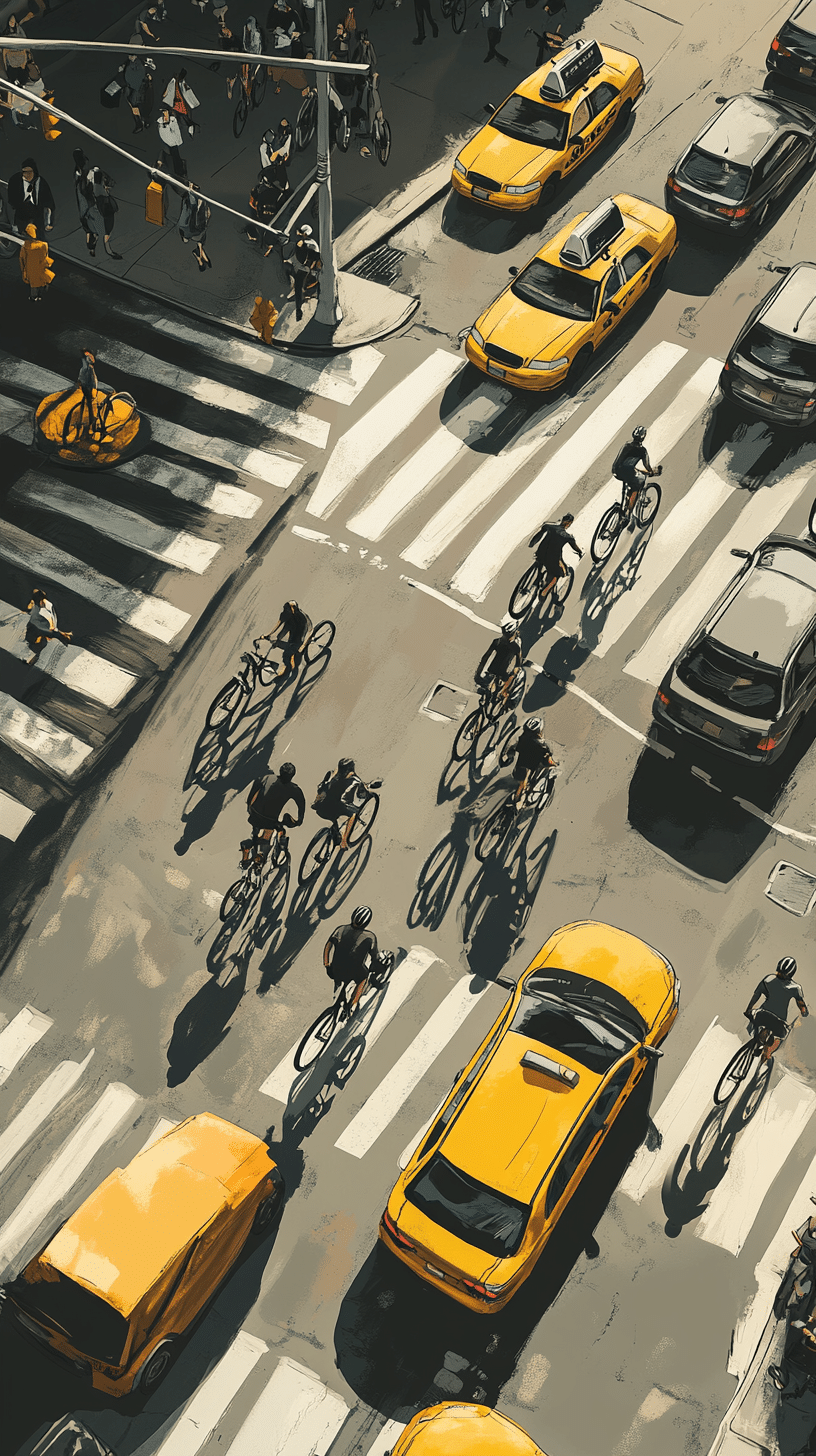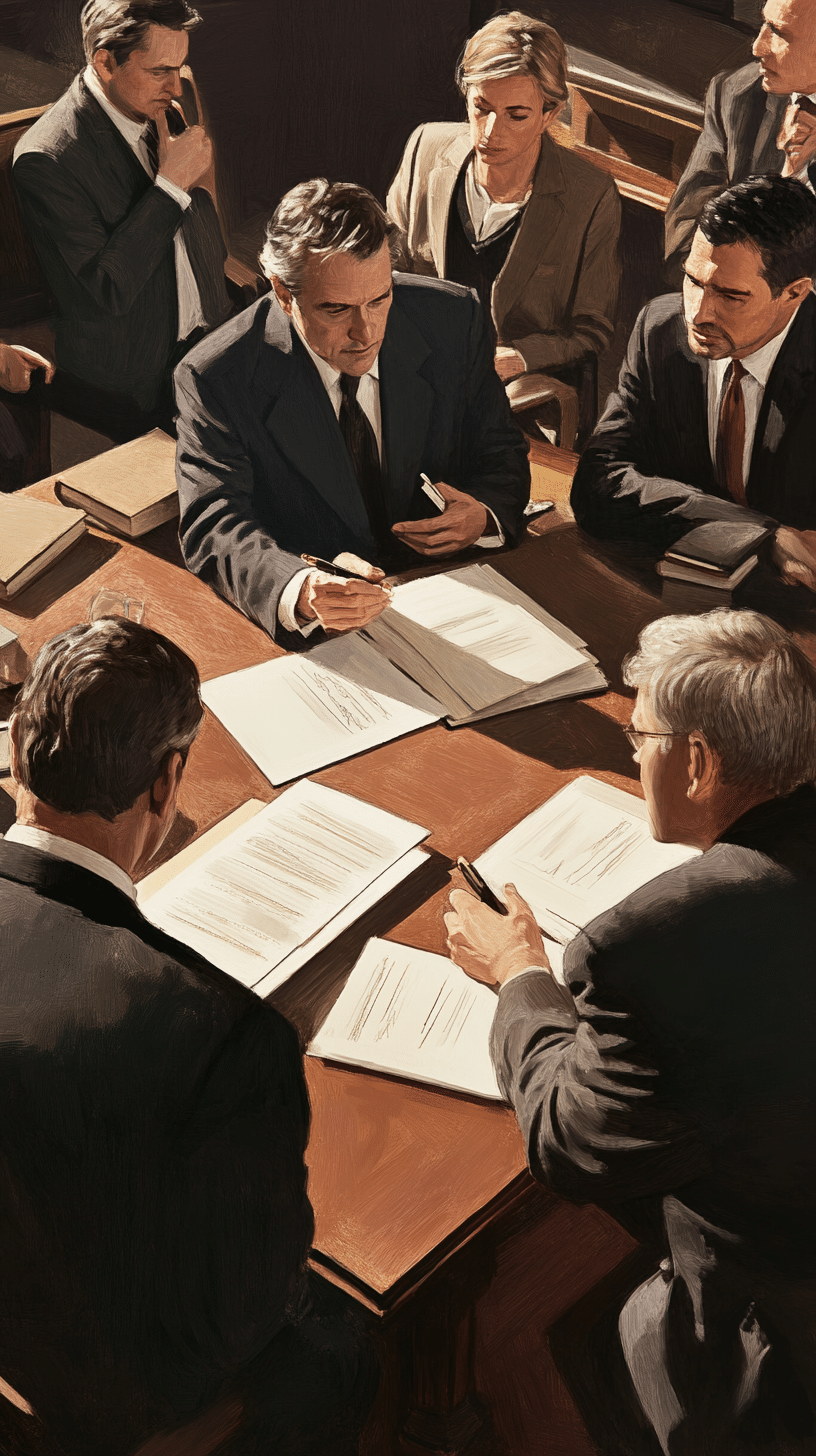Dovberg v Laubach, 2017 NY Slip Op 07238 (2d Dept. 2017)
(1) “Prior to the commencement of a trial on the issue of damages, the defendants served an expert witness disclosure notice pursuant to CPLR 3101(d), advising the plaintiff that they intended to call Dr. Alfred Bowles, a biomechanical engineer and board-certified surgeon, who would testify that the force generated by the accident could not have caused any of the plaintiff’s alleged knee injuries, and that those alleged injuries were the result of wear and tear from athletic [*2]activities. The expert disclosure notice indicated that the proposed testimony would be based upon Bowles’s review of deposition testimony and the plaintiff’s medical records. The plaintiff moved in limine to preclude Bowles from testifying, arguing that his proposed testimony was speculative and without basis in fact, and that the expert disclosure notice did not make reference to any empirical data that Bowles may have relied upon, or any peer-reviewed journals, studies, treatises, or texts showing that an accident that does not meet a specific severity threshold cannot cause injury. In opposition, the defendants alleged that Bowles’s testimony would be based on scholarly works that were published in the fields of medicine and biomedical engineering, and had gained general acceptance in those fields. In support of this claim, the defendants listed the names of three works, which, according to their titles, involved head, neck, and mandible injuries. The authors, years of publication, and contents of these works were not set forth.”
(2) “The Supreme Court denied the plaintiff’s motion, and permitted Bowles to testify at the damages trial. Bowles thereafter testified that in his opinion, with a reasonable degree of engineering certainty, the force generated by a low speed rear-end collision that propelled a vehicle into a 2000 Ford Taurus would not have caused the driver of the Ford Taurus to hit her knees against the dashboard. In reaching his conclusion, Bowles relied upon the defendant driver’s deposition testimony that he was driving at a speed of no more than 10 miles per hour at the time of the collision, and the plaintiff’s deposition testimony that she was driving at a speed of 3 to 5 miles per hour. Although Bowles did not know how close the plaintiff’s seat was positioned to the steering wheel and dashboard at the time of the accident, he maintained that moving the seat up would not increase the likelihood of a driver’s knees hitting the dashboard in a rear-end collision. At the conclusion of the damages trial, the jury returned a verdict finding that the accident was not a substantial factor in causing the injuries alleged by the plaintiff. The plaintiff then moved to set aside the verdict as contrary to the weight of the evidence and for a new trial, and the Supreme Court denied the motion. A judgment in favor of the defendants was subsequently entered, and the plaintiff appeals.”
….
(3)… “The expert disclosure notice simply stated that Bowles analyzed “the medical and engineering aspects of the accident.“ While the defendants cited to three works in opposition to the motion in limine, they did not identify the [*3]authors, years of publication, and contents of those works, or any explanation as to their relevance in evaluating the cause of knee injuries. Moreover, the defendants provided no description of the methodology Bowles utilized to determine the force of the accident, and the biomechanical engineering principles he relied upon in reaching his conclusion that the force generated by the accident could not have caused the plaintiff’s knees to come into contact with the vehicle dashboard. Under these circumstances, the Supreme Court should have granted the plaintiff’s motion to the extent of precluding Bowles from offering his opinion testimony that the force generated by the accident could not have caused the plaintiff’s knee injuries (see Saulpaugh v Krafte, 5 AD3d 934; cf. Valentine v Grossman, 283 AD2d 571). Accordingly, we reverse the judgment and remit the matter to the Supreme Court, Suffolk County, for a new trial on the issue of damages.”
It is interesting to see a more robust review of what is required to allow a bio-mechanical engineer give testimony on the basis of a 3101(d). It would appear to me that a report with relevant and appropriate citations to the principles set forth herein would be the best way to go about this.












